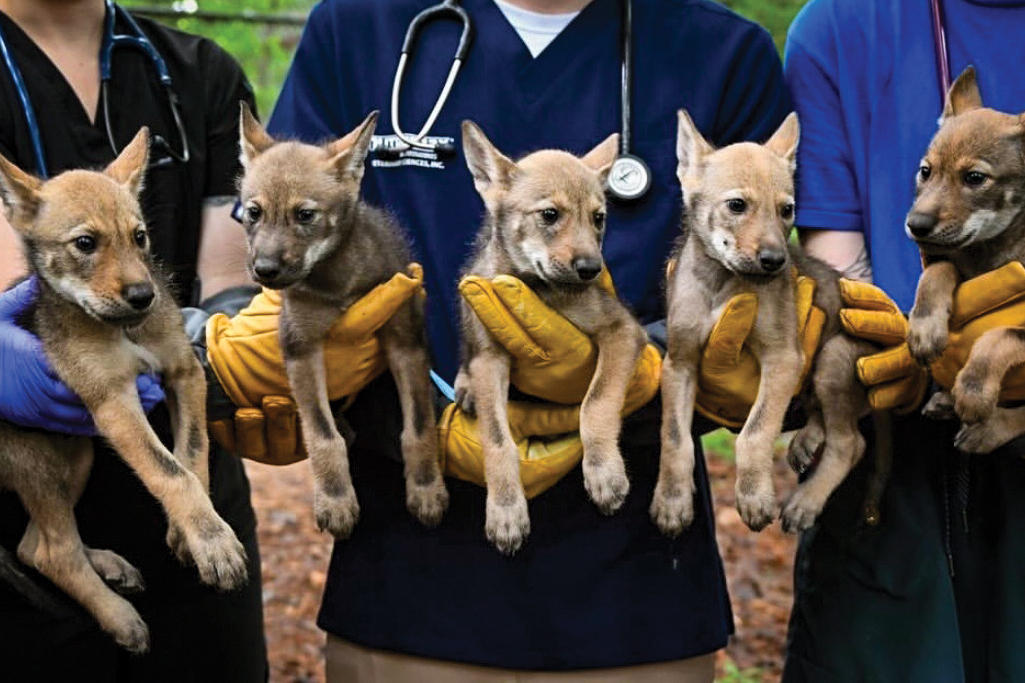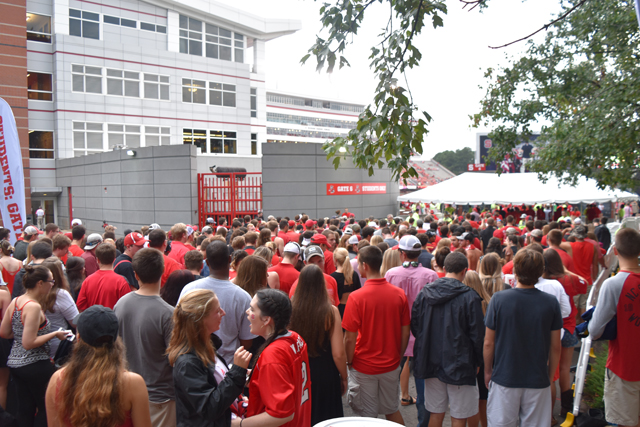Hurricane Irene, currently rated at category 3, is not projected to cause damage in the Triangle, according to meteorology graduate students.
Heading along the eastern seaboard, the storm is expected to hit the North Carolina coast with full vigor. Areas surrounding campus are forecasted to receive some isolated storms and heavy rainfall accompanied by winds gusting in the 50s .
David Church, a graduate student in tropical meteorology, said the outer banks will take the most damage.
“The outer banks will be most under the gun,” Church said. “Most of the high impact weather will be east of the I-95 corridor.”
Emergency plans have been enacted along the coast. Governor Bev Perdue has made statements daily hoping to qualm fears of residents.
“I talked to the director of the Red Cross, Bonnie McElveen-Hunter , and they will do whatever we need to do. We have volunteers all over North Carolina who are ready to help. We have all the vehicles and all the supplies, so we are preparing as best we can,” Perdue said in a statement.
A storm surge — high seas created by large windstorms — is the biggest threat to property and people along the coast of North Carolina.
“The biggest threat will be the storm surge and high winds along the coast,” Church said.
Forecast models have been changing rapidly as the storm approaches. Chris Marciano , a graduate student in atmospheric science, was teaching a class Thursday night at 9:30 p.m .
“The models are not clearly in line yet,” Marciano said. “It could go way up North toward the Chesapeake Bay, Delaware Bay and New York. That is what the media is focusing on right now.”
Marciano said he is from New Jersey, and the likleihood of his hometown getting hit is good.
“New Jersey has declared a state of emergency. Vriginia has declared a state of emergency; it’s obviously a big deal. Back home, where I’m from, people have been asked to evacuate. People along the coast should definitely heed warnings,” Marciano said.
Meteorologists are unclear on how strong the storm will be once it hits the United States.
“The biggest thing we are waiting to nail down is the intensity when it makes landfall,” Church said.
Hurricanes are highly unpredictable beasts. Hurricane Fran, which hit Raleigh in 1996, left millions of dollars of damage in its wake. People statewide were left without power and were forced to drive hours to find dry ice to keep their food from spoiling.
Trees fell through roofs as families struggled to keep safe. Tryon Pines, a neighborhood off of Tryon Road, was under development in 1996. Although few homes occupied what is now a large neighborhood, pine trees snapped and fell as winds exceeded 115 mph.
“During Fran a neighbor of mine came banging on my door during the eye of the storm,” Bill Hunt, a Raleigh resident who survived the storm, said. “He said he had locked himself out of his house and his baby was inside.
“I ran down the street — the eye had passed so we were in the heavy wind and rain — and punched in his window so he could get back inside. I then ran back home, narrowly avoiding a falling pine tree in the process. I hope Irene doesn’t hit us that hard.”




